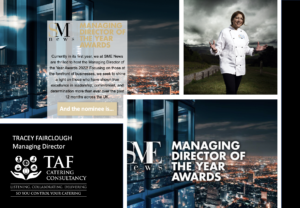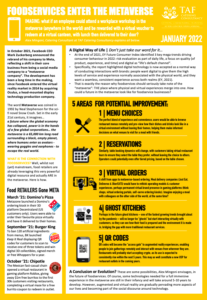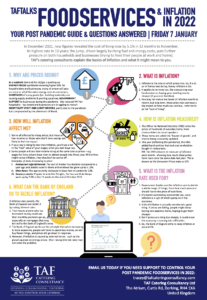 I delivered my first post pandemic talk a couple of weeks ago to an audience of pioneering facilities and foodservice professionals. My audience represented some of the most illustrious, cutting-edge financial services, legal, regal and educational UK establishments. Their brief: present the latest post-pandemic foodservice insights.
I delivered my first post pandemic talk a couple of weeks ago to an audience of pioneering facilities and foodservice professionals. My audience represented some of the most illustrious, cutting-edge financial services, legal, regal and educational UK establishments. Their brief: present the latest post-pandemic foodservice insights.
Whilst my audience’s expectations would have presented a rather daunting prospect, I then found, on the day, I was also scheduled to follow Kate Nicholls to present at the “by invitation only” event. Kate Nicholls, the CEO of UK Hospitality, “the” shining light of 2020/2021, hospitality powerhouse of the last two incredibly challenging pandemic years (to pub, restaurant and contract catering sectors) and deserved recipient of an OBE in this years’ New Year Honours.
So sitting across from these well-heeled executives, in the heart of the City of London, I started my “foodservice insights and the post pandemic customer” presentation.
Now whilst this presentation was the first of its kind, it was in fact the result of over twenty years of rehearsals, thus my desire to share with anyone contemplating a high profile presentation with a “how to”.
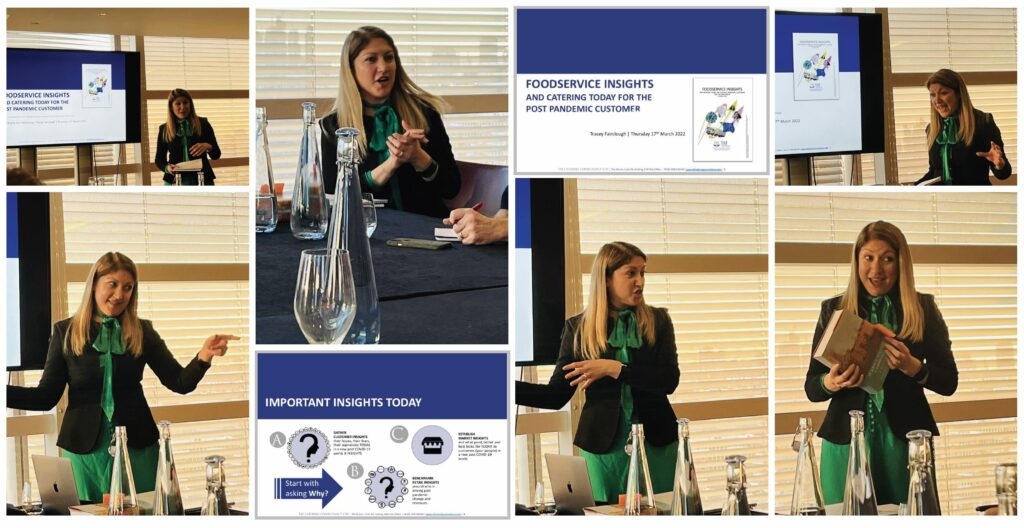
1) USE FEWER SLIDES |
In this post-pandemic era, communication is key to building relationships and trust. If you present using fewer slides, it simply allows you to look into the eyes and faces of the audience you’re trying to dazzle. For me, less is so much more which lead to presenting using only 6 slides in my deck.
- Example: Winston Churchill, confronted with invasion from Nazi-occupied France, delivered a soaring 36 minute rally to countrymen, now known as his “Finest Hour” speech.
2) AVOID BULLET POINTS |
Bullets are the least effective way to get your points across. Pictures/images are much more memorable, which scientists call “pictorial superiority”; hear information, and three days later you’ll remember 10% of it; add a picture and you’ll remember 65%. This is why we tend to create unique icons/infographics.
- Example: Steve Jobs, considered one of the most extraordinary presenters of our time, rarely showed slides with text/bullets, instead preferring photos and text.
3) APPLY VOCAL POWER |
Speakers who raise and lower the volume of voice, and alternate between high and low pitch, emphasising key messages, tend to be more influential, persuasive, and commanding. Research shows effective
persuaders modulate their voice, and appear more confident.
- Example: Martin Luther King Jr.’s “I Have a Dream” 1963 speech stirred an anti racism movement with passion, cadence (modulation/inflection in voice) & call to his audience.
4) CREATE WOW MOMENTS |
Great presenters create “wow” moments or experiences. People never recall every slide or word of a presentation, so add a wow moment, shake things up a little, grab attention; and for a moment make your audience forget about everything else but that wow. See it as adding value to your audience.
- Example, Bill Gates, in a famous 2009 TEDTalk on reducing the spread of malaria, walked on stage, opened a jar of non-infected mosquitoes and said “We’ll let those roam the auditorium a bit”. A surprise, immersive, unexpected experience grabs the audience (as the brain gets bored).
5) MAKE REHEARSALS COUNT|
Most speakers don’t practice nearly as much as they should. Whilst they review their slides in advance, they neglect the practice hours to shine. Chess grandmasters don’t happen in an instant, with less than a decade studying the game; the world’s greatest speakers put in the time, going from good to great.
- Example: Malcolm Gladwell in 2013 made the “10,000-hour rule” famous as a benchmark for excellence — stating, in so many words, that 20 hours of practice a week for a decade can make anyone a master.
And Finally…
Never underestimate the power of great communication, especially in today’s post pandemic world; a world starved (for two years) of face to face engagement or experience.
Effective communications can help land the client or clients of your dreams, attracting many in backing your ideas and elevate your stature in the industry.
With plenty of good speakers around, sharpen your skills as a first step to setting yourself apart from the crowd; stand out by delivering something great, wow and unforgettable!
Tracey Fairclough | Managing Director
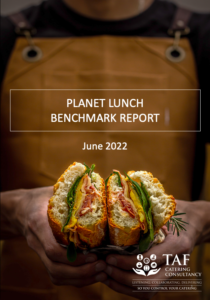 Report Content
Report Content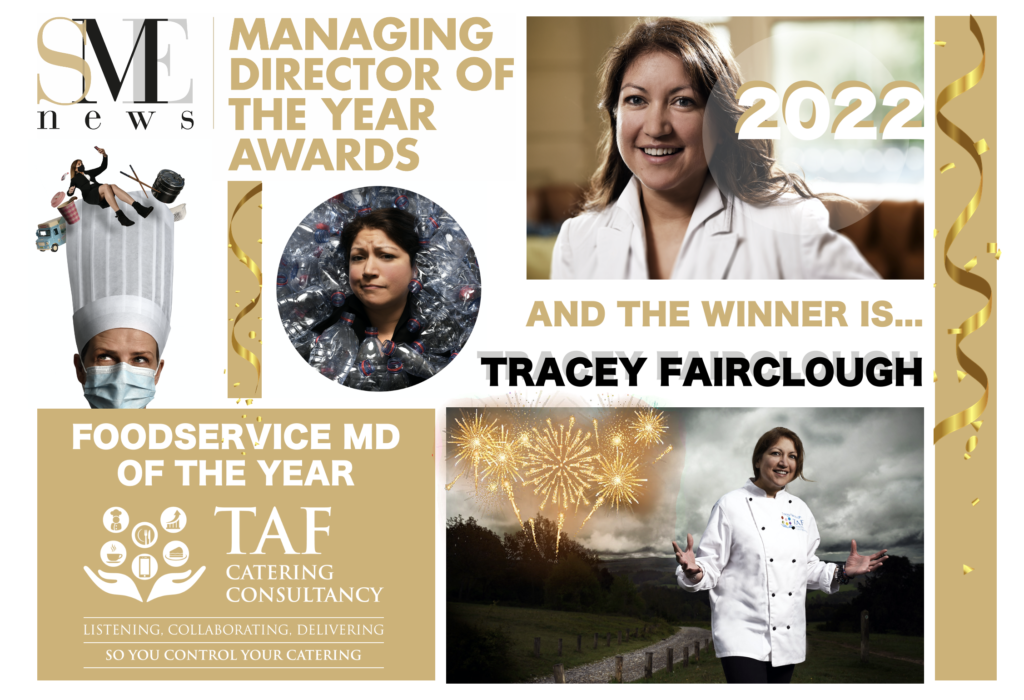
 I delivered my first post pandemic talk a couple of weeks ago to an audience of pioneering facilities and foodservice professionals.
I delivered my first post pandemic talk a couple of weeks ago to an audience of pioneering facilities and foodservice professionals. 
 So here I am, last day of March 2022; reflecting on everything I’ve absorbed and learned in the last three months, being a post-pandemic judge for an awards event designed to spotlight our glorious contract catering industry (despite being battered and beaten by COVID-19).
So here I am, last day of March 2022; reflecting on everything I’ve absorbed and learned in the last three months, being a post-pandemic judge for an awards event designed to spotlight our glorious contract catering industry (despite being battered and beaten by COVID-19).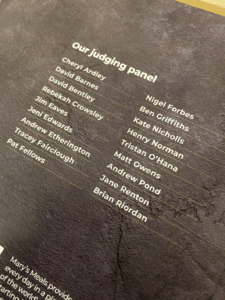
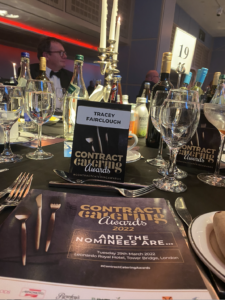
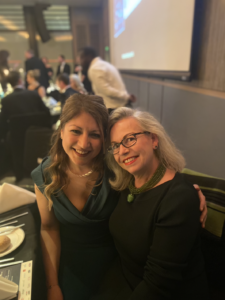 thoughts with you…
thoughts with you…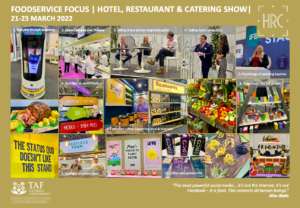
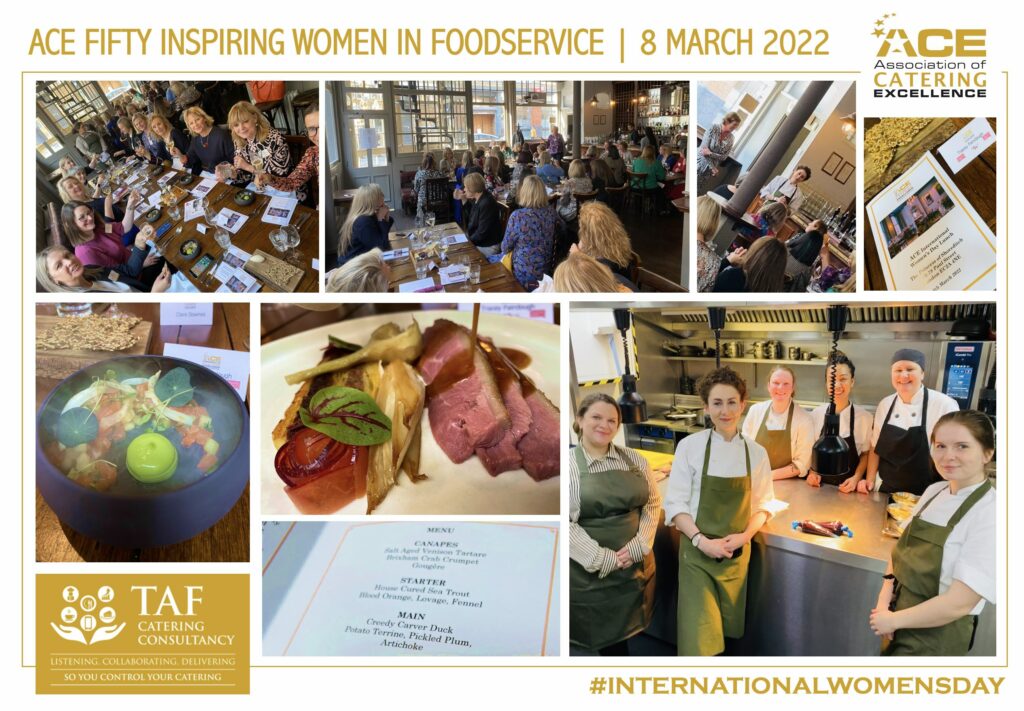 The Association of Catering Excellence (ACE) today hosted a lunch at the Princess of Shoreditch in London, for the 50 inspiring women in the foodservice industry, to celebrate International Women’s Day (IWD).
The Association of Catering Excellence (ACE) today hosted a lunch at the Princess of Shoreditch in London, for the 50 inspiring women in the foodservice industry, to celebrate International Women’s Day (IWD).
 As an all-female catering consultancy operating in a highly competitive, male-dominated industry, TAF recognises the importance of taking meaningful action to break the bias and promote equality, diversity and inclusion, especially in light of recent data highlighting that in 2020/2021, the gender pay gap in hospitality grew for the first time in three years (Source: WiHTL & PwC, January 2022).
As an all-female catering consultancy operating in a highly competitive, male-dominated industry, TAF recognises the importance of taking meaningful action to break the bias and promote equality, diversity and inclusion, especially in light of recent data highlighting that in 2020/2021, the gender pay gap in hospitality grew for the first time in three years (Source: WiHTL & PwC, January 2022).